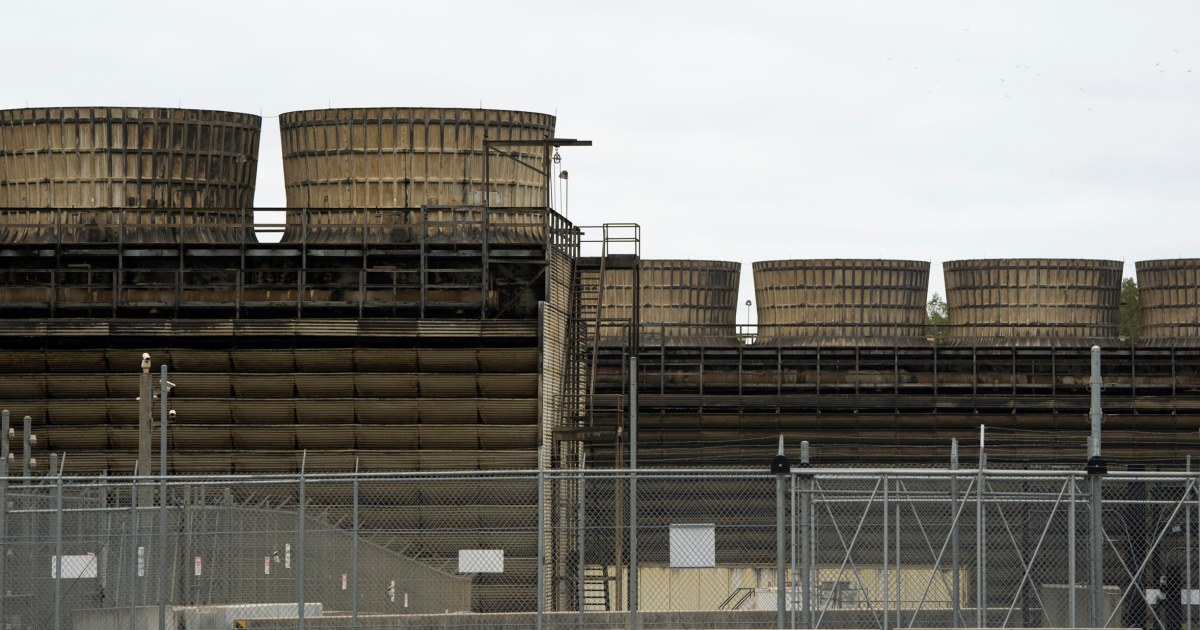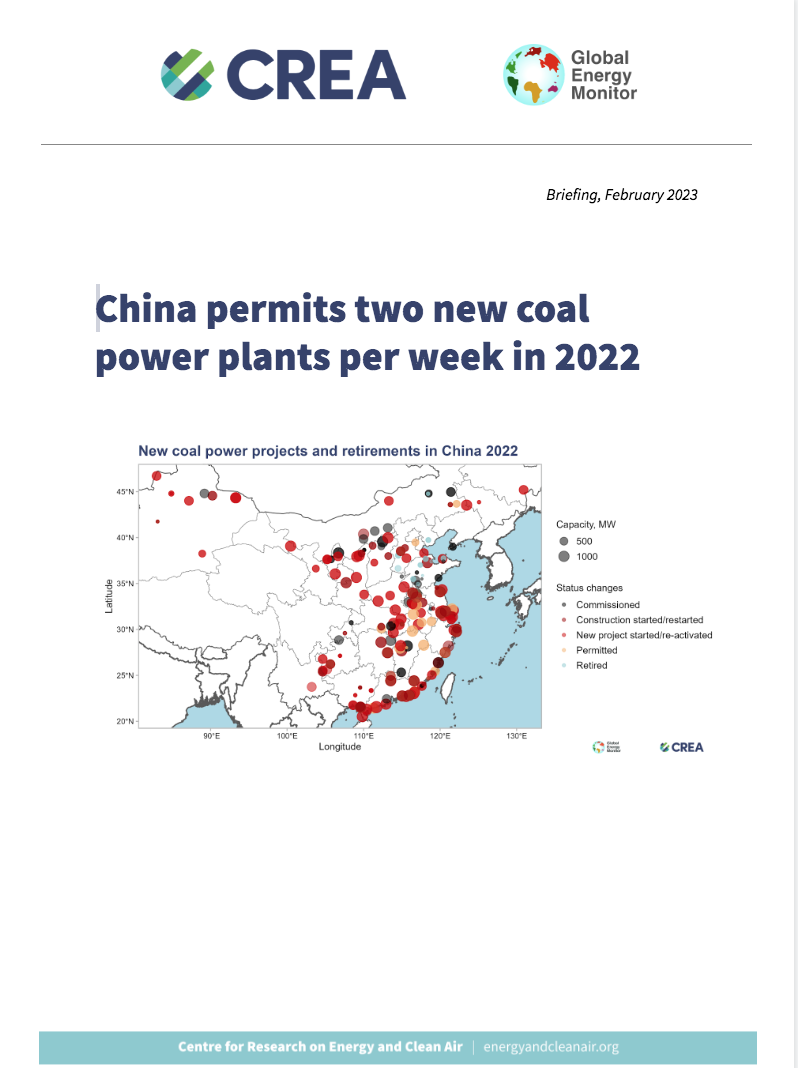OVERKILL
$100 Site Donor 2021

Guest Feature: The Death of a Wind Farm
A newsletter on fossil fuels, renewables, nuclear, and the grid. Read by investors, executives, engineers, policymakers, and more.
 www.gridbrief.com
www.gridbrief.com
What can one wind facility in Southwestern Minnesota tell us about the state of the American electric grid? Quite a lot, actually.
In 2007, Minnesota began its quest to power the state with wind turbines and solar panels when the Next Generation Energy Act (NGEA) was signed into law, which mandated that 25 percent of the state’s electricity come from "renewable" energy sources by 2025.
These mandates, along with generous federal tax subsidies and monopoly utilities seeking to maximize their government-approved profits by building new infrastructure, led to a building boom in wind turbines and solar panels. From 2007 through 2021, Minnesota built thousands of wind turbines totaling 3,555 megawatts (MW) of installed capacity, and 1,093.5 MW of solar capacity en route to meeting the mandates in 2020, five years ahead of schedule.
However, many of the turbines built to comply with the 25 percent mandate are already being refurbished or “repowered,” long before the end of their supposed 25-year useful lives. In fact, one of these wind facilities, the Nobles wind farm, has already been repowered after just 12 years in service.
But why was Nobles refurbished more than a decade before the end of its useful life at a cost of $240 million? The official reason provided by Xcel Energy for repowering Nobles was to spur economic activity in the wake of the COVID-19 pandemic and extend the retirement date of the facility from the year 2035 to 2045.
This story makes for good newspaper headlines, but the data tell a very different story. Digging deeper into the reasons surrounding Xcel’s decision to repower the Nobles facility illustrates how our state and federal energy policies are causing America’s energy decisions to grow increasingly irrational.
*snip*
All of these actions help increase the productivity of wind turbines, but the biggest reason that companies seek to repower wind turbines has nothing to do with how they perform, and everything to do with money. Repowering wind projects allows them to requalify for the wind Production Tax Credit (PTC), a lucrative federal subsidy that expires after the first 10 years of a project’s life.
It should come as no surprise, then, that data from the U.S. Department of Energy shows that the wind facilities repowered in 2021 ranged in age from 9 to 16 years old with the median age being 10 years. In essence, the lucrative federal subsidies paid to wind turbine operators are creating a perverse incentive to prematurely refurbish or replace wind projects long before the end of their useful lifetimes, including the Nobles wind project in Minnesota.
*snip*
Currently, there aren’t enough transmission lines to move the power generated from these wind facilities to other areas of the 15-state regional grid that could use it. This is because the existing transmission lines can only transport so much power at a time, similar to how water flowing down a sink is governed by the width of the drainpipe. As a result, the oversupply of electricity frequently causes power prices to go negative, which sends a signal to wind turbine operators to scale back supply—at least it works that way in theory.
In reality, the PTC pays wind projects $26 for each MWh of electricity the facility produces, whether or not that electricity is needed. The subsidies mean that electricity generated from wind farms could potentially be sold into the market at a price of negative $25 per MWh and still turn a profit for their owners.
Without the subsidies, however, wind turbine operators are forced to reconcile with the realities of supply and demand because selling wind generation at negative prices would lead to substantial losses. This causes the turbine operator to shut the wind turbine down — an industry process called curtailment — when wind generation is high but wholesale power prices are low in an effort to avoid losing money.
Data from Minnesota PUC filings show a large increase in curtailment at Nobles in 2021 when 47.6 percent of the potential output from Nobles was curtailed, and in 2022 when curtailment rates reached 38 percent, as you can see in the graph below.
The spike in curtailment is important to understand because it suggests that wind facilities around the country are at risk of becoming uneconomical once the PTC expires after 10 years, long before the 20 to 25 years that are commonly cited as their useful lifetimes.
Basically, the subsidy (PTC) allows wind farms to be profitable to operate even when prices go negative. Like too much solar and the duck curve, the economics fall off a cliff once you have too much power when you don't need it. This would naturally stifle uptake, but when there's a subsidy distorting the market like a ridiculously over-generous NEM scheme like in California, or FIT/LRP here in Ontario (back when the GEA existed) or Germany that removes the economics from the picture in pursuit of agenda, supply continues to get added well beyond that economic threshold.




